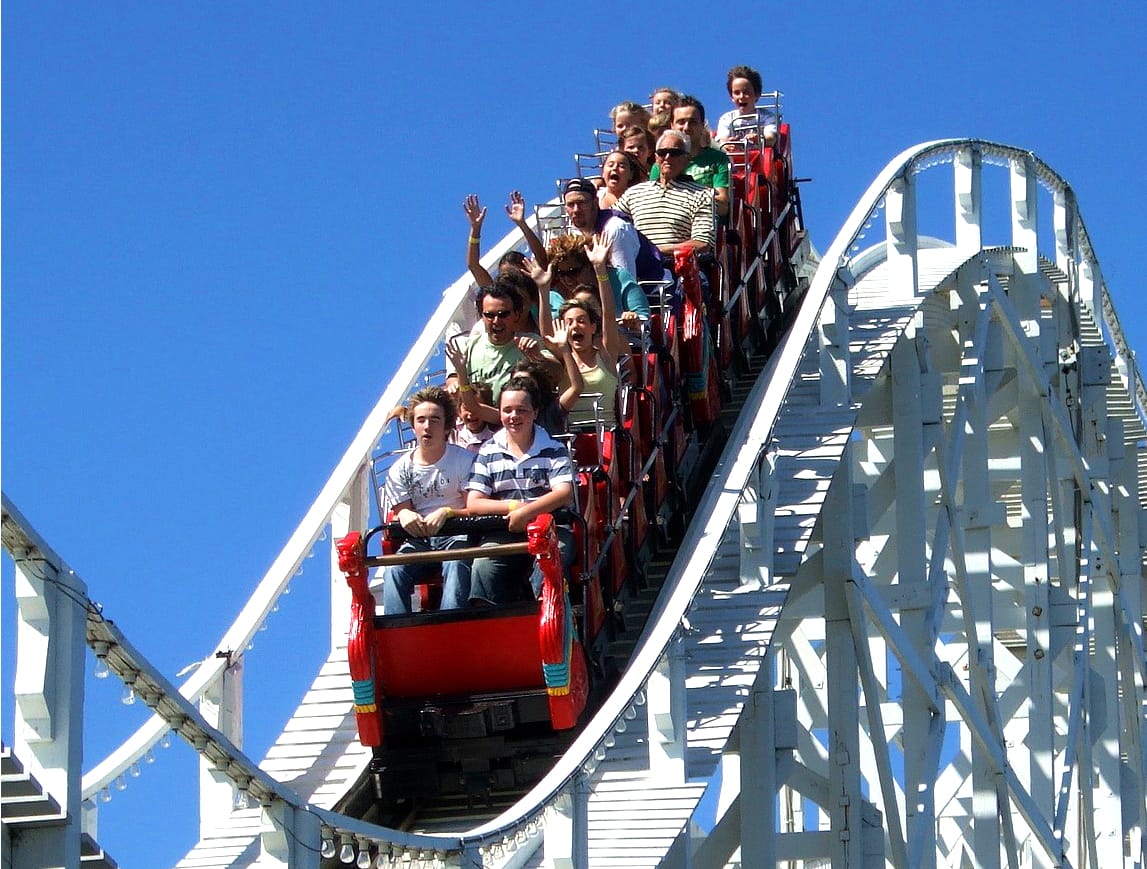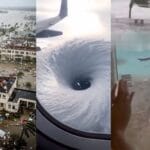Many people believe that the attraction that we used to call a roller coaster is called a Russian coaster in English by analogy. We checked if this is true.
On the Internet you can often find user statements that in the USA, the roller coasters we know, on the contrary, are called Russian coasters (“Mail.ru answers", "Yandex Q"). Articles on this topic can also be found in educational publications, articles about history and learning English Ihyka. On the website of the Oranienbaum palace and park ensemble there is a page dedicated to the Rolling Hill pavilion, where written, that these are “the same American mountains that in America are called Russian.”
In 1872, American inventor John Taylor received a patent US128674A on his idea of “Improving the Incline Railway.” Like modern attractions, his car was intended only for entertainment purposes, and not, for example, for transporting coal. It was a relatively primitive design with two curved rail tracks between two platforms. Despite its simplicity, the design still had elements of a modern roller coaster: the trolley descended under the influence of gravity and rose to a certain height by inertia. At the end of the ride, passengers disembarked on the lower platform and the trolley was manually pushed up a slight incline and then transferred back to the starting tracks. IN book About the Savin Rock amusement park in the USA, you can find a photograph of a similar attraction, which, apparently, operated in the park a year after Taylor’s patent.
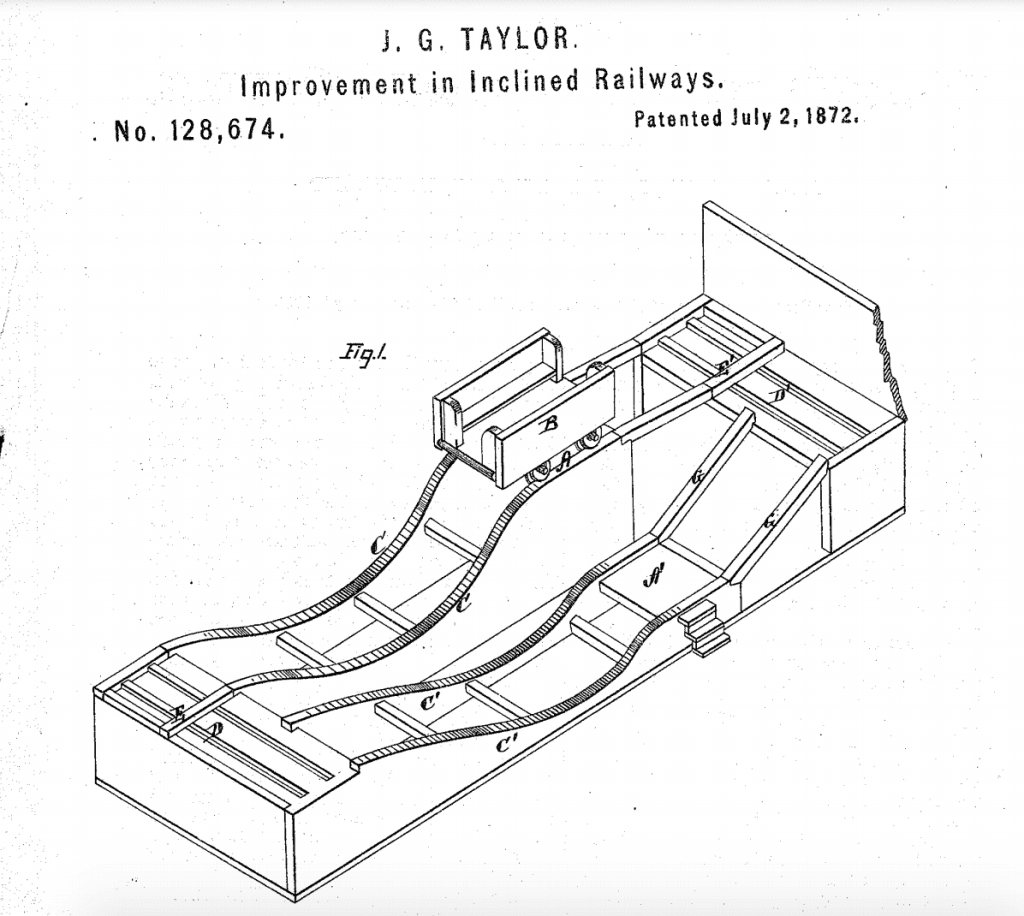
At the end of the 19th century, several patents appeared in the United States for attractions that resembled modern roller coasters (Richard Knudsen in 1878 year, Thomas Alexander in 1882 year, Alanson Wood in 1884 year and Philo Stevens in 1884 year). Nevertheless, the American inventor is called the father of roller coasters. La Marcus Thompson. Your first Thompson slide built in 1884 in the largest entertainment resort in the United States at that time on Coney Island in New York. The attraction consisted of 130 m long undulating rails lying on a wooden frame. The trolley started from the highest point and rushed down at a speed of about 10 km/h along descents and ascents until it came to a complete stop. The attendants then pushed the trolley up to a platform on adjacent rails. The attraction was so popular that Thompson began receiving orders from other amusement parks. And during the first decade of the 20th century, he built more than 20 roller coasters of various designs throughout America.
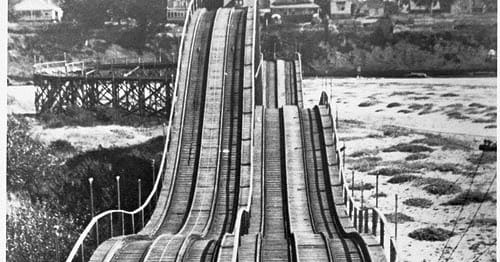
Shortly after the first Disneyland opened in 1955, Walt Disney appealed to the roller coaster developer Arrow Dynamics with a proposal to build an attraction for an amusement park using the most modern technologies at that time. So in 1959, the Matterhorn attraction was put into operation - the world's first roller coaster with tubular steel rails and polyurethane-coated wheels. The new design and materials allowed for tighter turns, loops and steep drops.

What was the name of this attraction, invented by American inventors a century and a half ago? The earliest patent application from 1872 called the design simply inclined railway. Inventor Philo Stevens in his 1884 application named her roller coasting device, which can be translated as “a device that rolls on rollers.” And today in English (including in the USA) roller coasters are called roller coaster, and not Russian mountains (“Russian roller coasters”).
But in several other European languages, roller coasters are called Russian coasters, for example in French (montagnes russes) and Spanish (montañas rusas). In Scandinavian languages, a roller coaster is called a railway with mountains and valleys (berg-og-dal-bane). In German they are called figure-eight railways (Achterbahn or Figur-8-Bahn). In Russian they are called American, because in a form close to the modern one, this attraction was first designed in the USA and was most widely used there.
The name "roller coaster", used in several languages, originated in the 19th century when Les Montagnes Russes was built in Paris in 1804, similar to the Russian ice sledding hill. In 1817, the Promenades Aériennes attraction in Paris was already an improved summer version of the roller coaster: it was a cabin on wheels that rolled along a fixed track and then returned to the top of the hill using a cable. It is unknown whether 19th-century American explorers were familiar with Russian roller coasters in Europe or whether they developed their “incline railroad” designs independently of Russian winter amusements and French attractions.
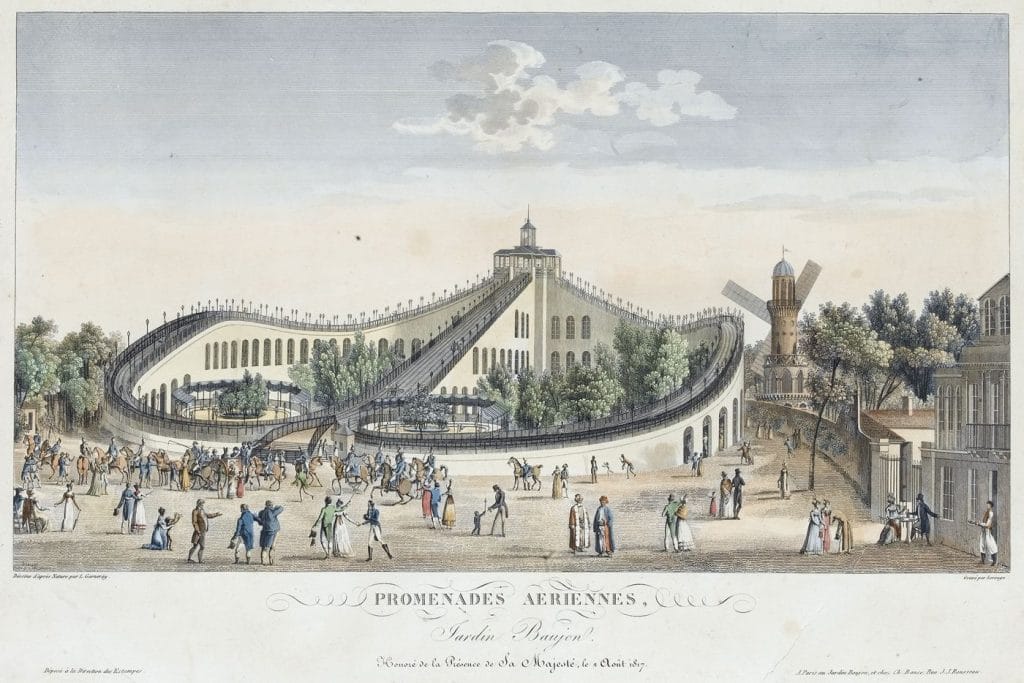
Thus, the Russian ice roller coaster can truly be considered the predecessors of the attraction, which in several European countries is called the Russian roller coaster. However, in English, a roller coaster is called a roller coaster. The phrase “Russian mountains” in English does not have much meaning and primarily means only natural mountain ranges located in Russia.
Cover image: Wikimedia
Not true
Read on the topic:
- Smithsonian Magazine. 14 Fun Facts About Roller Coasters
- The New York Times. The Quest for the Ultimate Roller Coaster
If you find a spelling or grammatical error, please let us know by highlighting the error text and clicking Ctrl+Enter.


